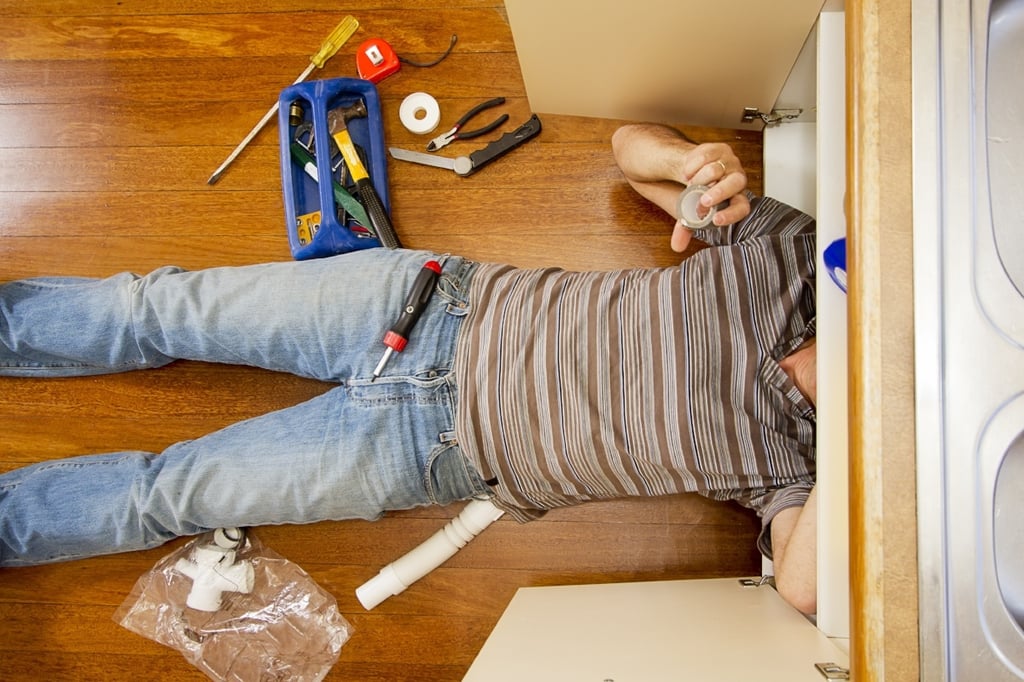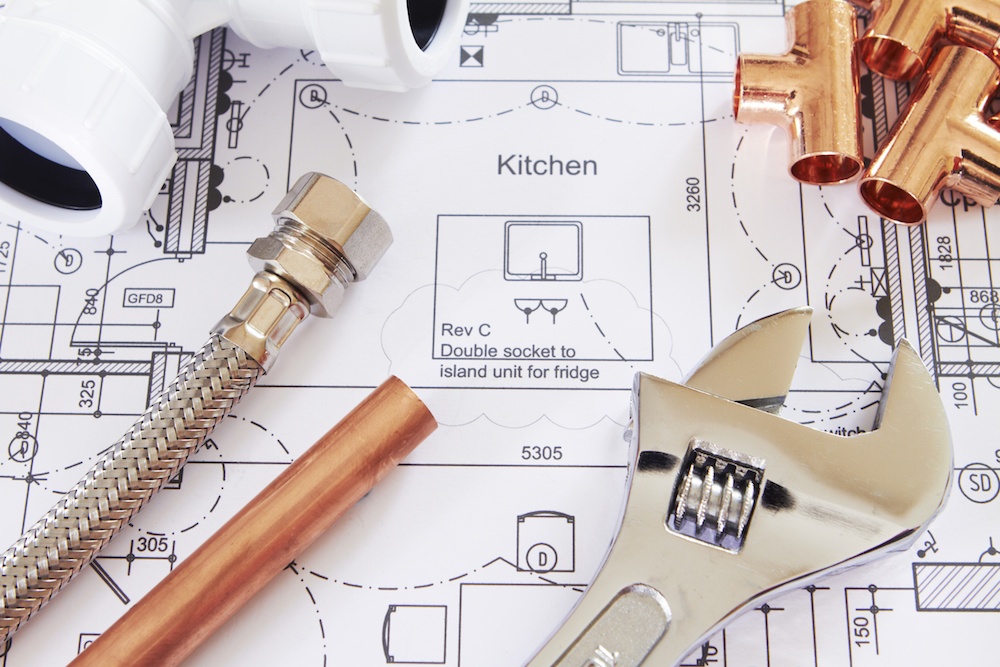Cast iron pipes have been a reliable choice in plumbing for many years and are known for their durability and strength. However, like any materials, they age and eventually require replacement. Recognizing when your old cast iron pipes need attention can help you avoid plumbing disasters and costly repairs.
Old pipes can pose several risks, including leaks, blockages, and even structural damage if left unchecked. Paying attention to warning signs such as frequent clogs or visible rust can ensure timely interventions. Replacing aging pipes prevents damage and improves your plumbing system’s efficiency and safety.
Understanding when and why to replace cast iron pipes can save a lot of trouble down the line. This guide explores the typical lifespan of these pipes and modern replacements that offer improved performance. Armed with this knowledge, you can make informed decisions on maintaining and upgrading your home’s plumbing in a proactive way.
Understanding the Lifespan of Cast Iron Pipes
Cast iron pipes have been used in plumbing for many decades due to their robustness. However, they do not last indefinitely. On average, cast iron pipes can last between 50 to 100 years. The actual lifespan depends on several factors, such as the quality of the installation, the materials used, and how well they have been maintained throughout the years.
A big factor that influences the longevity of cast iron pipes is the quality of the water they carry. Hard water, which contains high levels of minerals like calcium and magnesium, can accelerate wear and lead to mineral deposits and scaling inside the pipes. This makes it hard for water to flow smoothly, potentially shortening the pipe’s lifespan. Additionally, environmental conditions such as soil type and climate can also impact how long these pipes last. Soil that is particularly acidic or moist can cause external corrosion faster.
Regular maintenance can extend the life of these pipes. Inspections, especially using technology like sewer camera inspections, help spot early signs of problems. This allows homeowners to address small issues before they become big, costly repairs. Keeping track of the age and condition of your pipes is key to determining the right time for replacement.
Warning Signs Indicating Pipe Replacement
Old cast iron pipes often give clear warnings when they start to fail. Being aware of these signs can help you decide when it’s time to replace them. One major indicator is frequent clogs and sewage backups. If you’re experiencing constant blockages despite regular cleanings, your pipes might be deteriorating on the inside.
Look for visible signs around your home, too. Rust, corrosion, and leaks are strong signals that your pipes are in trouble. Rusty spots or patches of moisture along pipes can indicate leaks or developing weak spots. These shouldn’t be ignored, as they can lead to bigger issues down the road.
Strange noises coming from your plumbing, like banging and gurgling, can also be a sign of internal pipe issues. This could mean that the inside of the pipes is getting rough or scaling up from mineral deposits, affecting water flow and leading to more serious damage.
Neglecting these warning signs increases the risk of more significant failures and can lead to costly repairs. If you notice any of these symptoms, it’s wise to consult a plumbing professional for a thorough inspection and discuss the best course of action.
Risks of Delaying Replacement
Ignoring the signs that your cast iron pipes need replacement can lead to serious consequences. One of the most significant risks is potential water damage. Leaking pipes can cause water to seep into your home’s walls and floors, leading to structural issues. Over time, this can weaken your home’s foundation, resulting in costly repairs.
Beyond structural damage, leaks also create ideal conditions for mould and mildew growth. Mould can spread quickly in damp environments, becoming a health hazard. Exposure to mould spores can cause respiratory problems, allergies, and other serious health issues. Bacteria can also thrive in moist conditions, potentially contaminating your water supply and posing further health risks.
Furthermore, delaying pipe replacement can lead to more frequent plumbing emergencies. Blockages and backups might become more common, resulting in inconvenient and messy situations. These issues not only disrupt your daily life but also increase your maintenance costs over time. Addressing pipe problems early can save money and prevent future headaches, protecting both your property and your health.
Modern Replacement Options
When it comes to replacing old cast iron pipes, modern materials offer excellent alternatives. PVC (polyvinyl chloride) and copper have become popular choices due to their durability and efficiency. PVC pipes are lightweight, resistant to corrosion, and easy to install, making them an economical and long-lasting option for plumbing systems.
Copper pipes are another strong contender known for their strength and resistance to bacteria. Copper’s natural antimicrobial properties help keep your water clean, and they can withstand high pressures and temperatures, making them suitable for various plumbing needs. While copper pipes might be more expensive upfront, their longevity and dependability can justify the investment.
Upgrading to these materials can significantly improve your home’s plumbing system. They provide reliable water flow and reduce the likelihood of future leaks, clogs, or maintenance issues. Modern piping systems also enhance water quality, ensuring a cleaner, more efficient water supply. With these options, you can enhance the safety and functionality of your home’s plumbing and enjoy peace of mind.
Conclusion
Updating your cast iron pipes can be a worthwhile investment, offering protection from unexpected damages and enhancing the overall value of your home. By recognizing the signs of wear and tear early and understanding the risks of delaying replacement, you can prevent costly repairs and ensure a safe environment for your family. Choosing modern materials like PVC and copper allows for a smoother transition to a more efficient and reliable plumbing system.
Ignoring the need for replacement can lead to severe issues down the line, so taking proactive steps is crucial. If you suspect your cast iron pipes are nearing the end of their lifespan, it’s time to explore replacement options that suit your needs and budget. With the right materials and professional installation, you can upgrade your home’s infrastructure and enjoy lasting benefits.
If you’re noticing any warning signs in your plumbing, don’t wait for a problem to escalate. Contact The Irish Plumber today. Our plumbers in Ottawa are ready to assess your situation and provide a solution tailored to your home. Let us help you ensure your plumbing is in top condition, so you can have peace of mind and avoid unnecessary disruptions.
 Do you have leaky pipes? Many Sacramento homes do, and with many houses reaching the grand old age of 100, yours may be one of them. Whether plumbing your entire home, adding an outdoor kitchen, or a new bathroom, you may have the skills necessary to run waterlines in your home and be able to complete your DIY plumbing repair or installation.
Do you have leaky pipes? Many Sacramento homes do, and with many houses reaching the grand old age of 100, yours may be one of them. Whether plumbing your entire home, adding an outdoor kitchen, or a new bathroom, you may have the skills necessary to run waterlines in your home and be able to complete your DIY plumbing repair or installation.




.png?width=650&height=433&name=updated_bathroom%20(1).png)